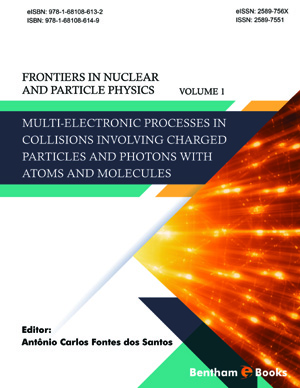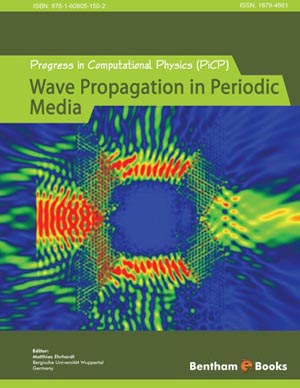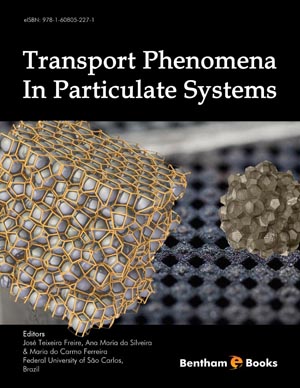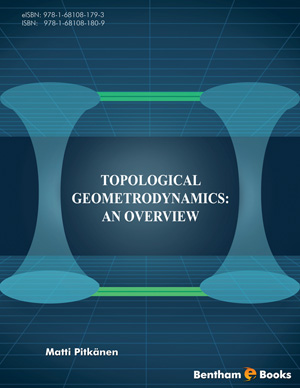Abstract
Although periodic light variability is rare among O-type stars, periodic line pro le variations are more common. The modes in these stars are probably all of high degree and the visibility may be a ected by obscuration. The observed frequencies in β Cep stars cover a wider range than predicted. This is a major unsolved problem which may point to problems in the current opacities. Observations of these stars in low-metallicity environments also present a challenge. Asteroseismology of these stars not been very successful due to the e ect of rotation and the fact that some observed modes are stable in the models. For the SPB stars, the decrease in amplitude with rotation is unexplained. The Be stars are clearly multiperiodic variables, but most of the periods are unresolved. Recent space observations suggest that some of the variability is probably due to rotational modulation. An alternative view is that the light and line pro le variations are due to obscuring clouds locked into co-rotation by a magnetic eld. The fact that the rotational velocities of early type Be stars are in general well below the critical velocity suggest that pulsation is not the trigger for mass loss. Recent space observations suggest that there may exist pulsating stars in the region between the SPB and δ Scuti instability strips. Models of pulsating supergiants are located in a high-luminosity extension of the β Cep and SPB instability strips, but observations do not support these calculations. Models of Wolf-Rayet stars invariably predict instability due to the strange mode mechanism, but like the O-type stars, observations of periodic variations are almost entirely absent.













